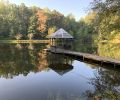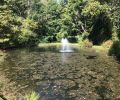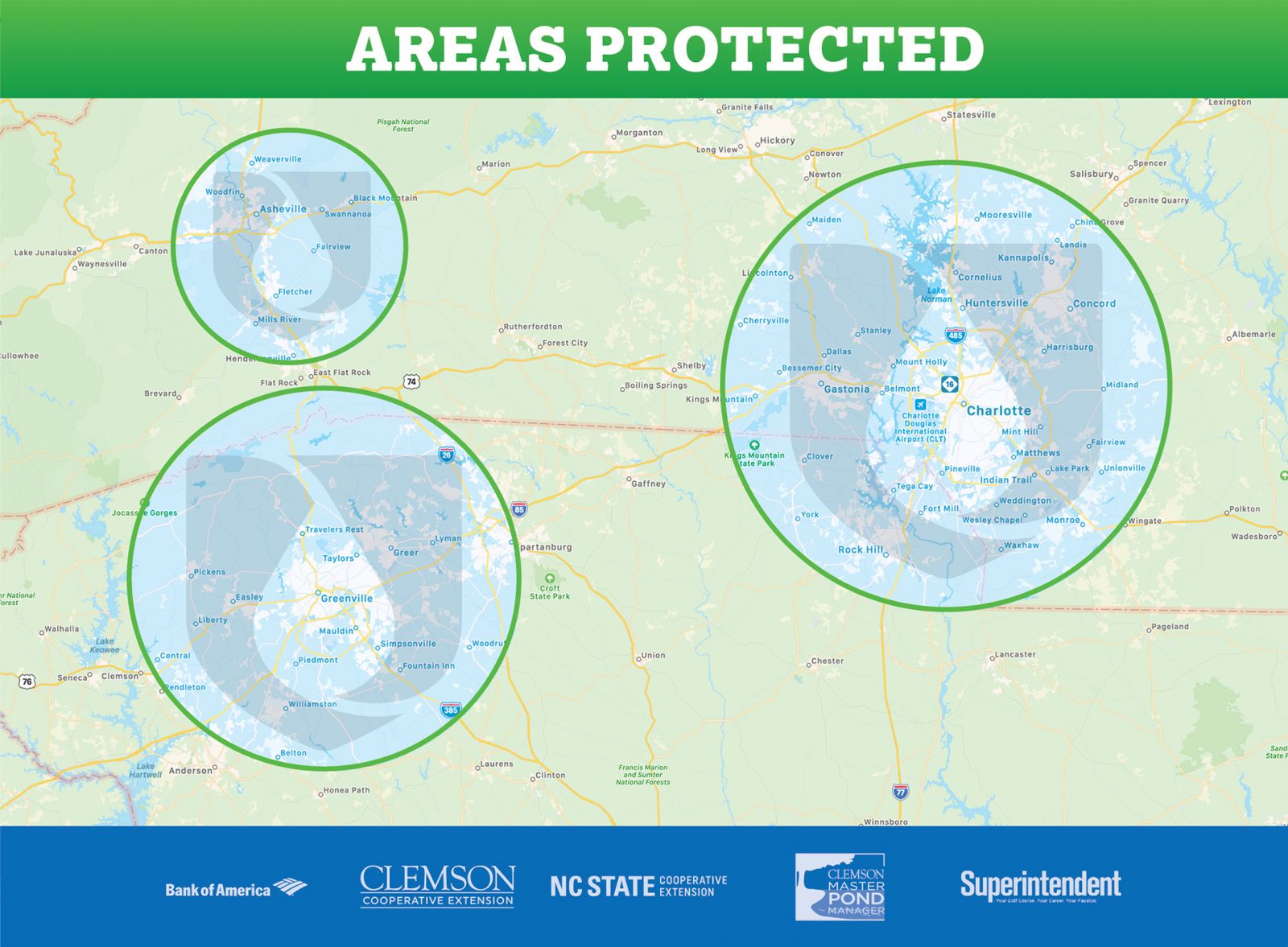The activities we engage in within our backyard can impact our retention ponds. Through sustainable landscaping practices, you can create an aesthetically pleasing landscape in a way that works with the local environment. Clemson’s Carolina Yards program are based on twelve basic principles that assist South Carolinians in creating their desired landscape through the implementation of sustainable landscaping practices. Clemson’s Carolina Yards are modeled after Florida-Friendly Landscaping, formerly Florida Yards and Neighborhoods, a program of the University of Florida-IFAS and has become more fully developed alongside other Yards programs of Louisiana and Tennessee.
Principle 1: Maintain Healthy Soil
The soil is the foundation of any landscape and preserving this important resource is the first step to successful gardening. Maintaining healthy soil has numerous benefits, including improved plant success as well as increased water- and nutrient-holding capacity. One way to improve soil is the addition of organic matter. For every 1% increase in organic matter, there is an increase of 20,000 to 25,000 gallons of available soil-water per acre are stored in created pore spaces.
Plants only require fertilizer when soil lacks nutrients. A soil test can determine if fertilizer is needed and in what amount, as well as any amendments to adjust the soil’s pH, which can affect nutrient availability. Soil samples can be submitted to any Cooperative Extension office. More information about soil testing is available at http://www.clemson.edu/extension/hgic/plants/other/soils/hgic1652.html
Principle 2: Recycle Yard Waste
Instead of sending grass clippings and leaves to the landfill, consider putting them to use in your yard. Grass clippings can safely be left on the lawn as long as you follow the proper mowing height and frequency guidelines. Leaves can also be left where they fall or collected, shredded, and reused as free mulch. Mowing over leaves to reduce their size will speed up decomposition. Grass clippings, leaves, and plant-based kitchen scraps can also be composted to produce a dark, nutrient-rich organic matter that can be added to a garden or flowerbed. The South Carolina Smart Gardener Handbook is an excellent resource for composting as well as other sustainable gardening practices.
Principle 3: Mulch Matters
In addition to giving the landscape a neat, finished appearance, maintaining a two-to-three inch layer of mulch in plant beds and around trees and shrubs can help moderate soil temperature, retain soil moisture, reduce erosion and inhibit weed growth. Organic mulches, such as bark and hardwood, also return nutrients to the soil as it decomposes. Mulch is available in various containers such as bags, bales, or even truckloads. To quantify your mulch needs in yards, multiply the area to be mulched in feet by the desired depth of mulch in inches and divide by 324. There are numerous online tools to perform the calculations for you such as the one listed in the resources section.
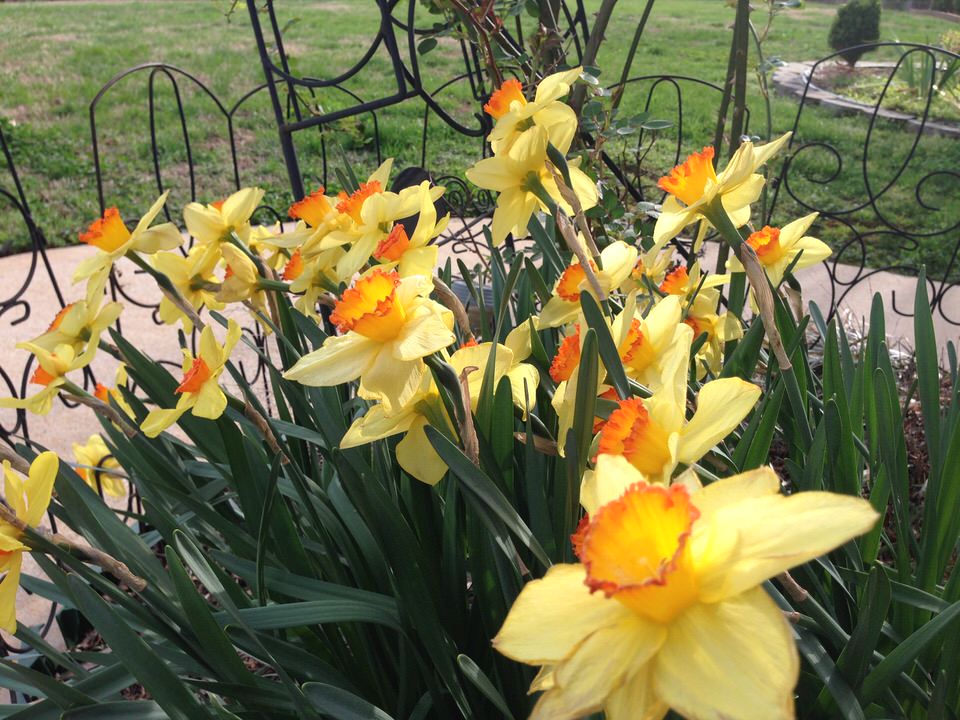
Principle 4: Right Plant, Right Place
Carolina Yards Plant design hinges on choosing the right plant for the right place. Select plants that fit the conditions of your yard to help reduce the need for irrigation, fertilizer, pesticides, and pruning. Take note of sunlight patterns, soil type, water availability, existing vegetation and potential obstructions. Determine the purpose of the plants you are selecting, such as shade, focal point, and wildlife benefit, for example. Use the Carolina Yards Plant Database at https://www.clemson.edu/extension/carolinayards/plant-database/index.html to find plants that meet these requirements.
Principle 5: Garden Like A Local
Native plants are those that have evolved over thousands of years in a particular habitat without interference from man. Native plants play a vital role in protecting biodiversity and often require less water, fertilizer, and pesticides because they can adapt to local growing conditions. Keep in mind that it has become standard practice for native topsoil to be stripped during new construction and replaced with a fill material that may be very different from the original soil. It is important to take this into account so you can select plants suited to the current growing conditions in your yard.

Principle 6: Remove Invasives
Invasive plants are those that have been introduced to an area and spread aggressively outside of their natural range, causing damage to crops and native species. Invasive species disrupt overall ecosystem health and threaten native plants and animals. Prevention is key to controlling invasive species. Be familiar with invasive plant species before selecting plants for your landscape. If you find invasive plants in your yard or along your waterfront, seek out advice for identification and control options. The South Carolina Exotic Plant Pest Council is a excellent resource for identifying and managing invasive plants.
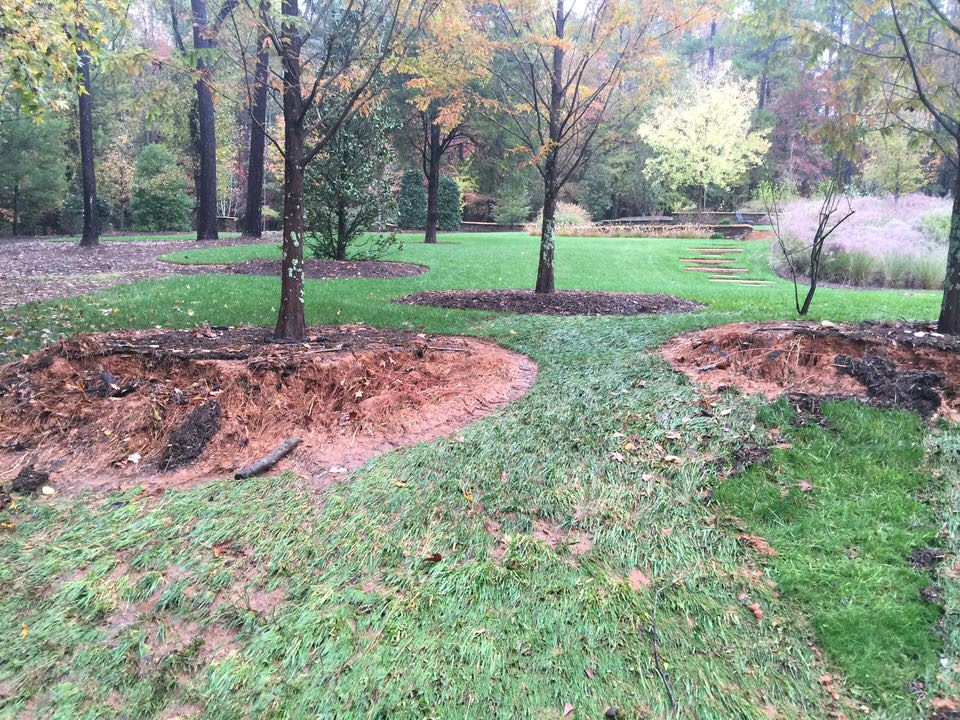
Principle 7: Be Wise When You Fertilize
Excessive fertilizer applications can be detrimental to the health of your plants and our waterways. Have your soil tested to help you determine the correct type and amount of fertilizer to apply. A soil analysis will tell you if you need to adjust the soil pH and will provide fertilizer recommendations. Be sure to follow best practices when applying fertilizer, such as calibrating your spreader, not applying before a predicted rain event and sweeping fertilizer from hard surfaces back onto landscaped areas. These practices help to improve plant health and protect water quality and aquatic life.
Principle 8: Manage Yard Pests Responsibly
It is unrealistic and even unwise to strive for a yard completely free of insects, diseases, and weeds. Many insects are harmless and provide beneficial services, such as feeding on other insects, which cause plant damage. Integrated Pest Management (IPM) is an effective and environmentally sensitive approach to pest management that involves: prevention, monitoring, pest identification, treatment selection, and proper application. By following these steps, you can successfully manage pests while protecting beneficial insects. Let nature do the work, and reduce the use of pesticides.
Principle 9: Water Wisely
Efficient irrigation techniques can conserve water, save money, reduce demand on municipal water sources, and create a healthier landscape. Overwatering can lead to insect and disease problems. Choose low-water-use plants, group plants according to water needs, monitor rainfall, irrigate in the early morning, and use drip irrigation to help minimize outdoor water use.
Principle 10: Rain As A Resource
Allow rain to serve as a resource in your yard by collecting, storing, and filtering it within your yard. Rain can be collected in barrels or cisterns and used for any outside water need. Rain provides a chlorine-free source of water and reduces stormwater pollution. Since a 1,000 square foot roof generates over 600 gallons of runoff in a 1-inch storm, you can fill up an average 50-gallon rain barrel in no time. Install a rain garden to intercept rainwater before it reaches storm drains. Rain gardens filter stormwater and often serve as a haven for wildlife.
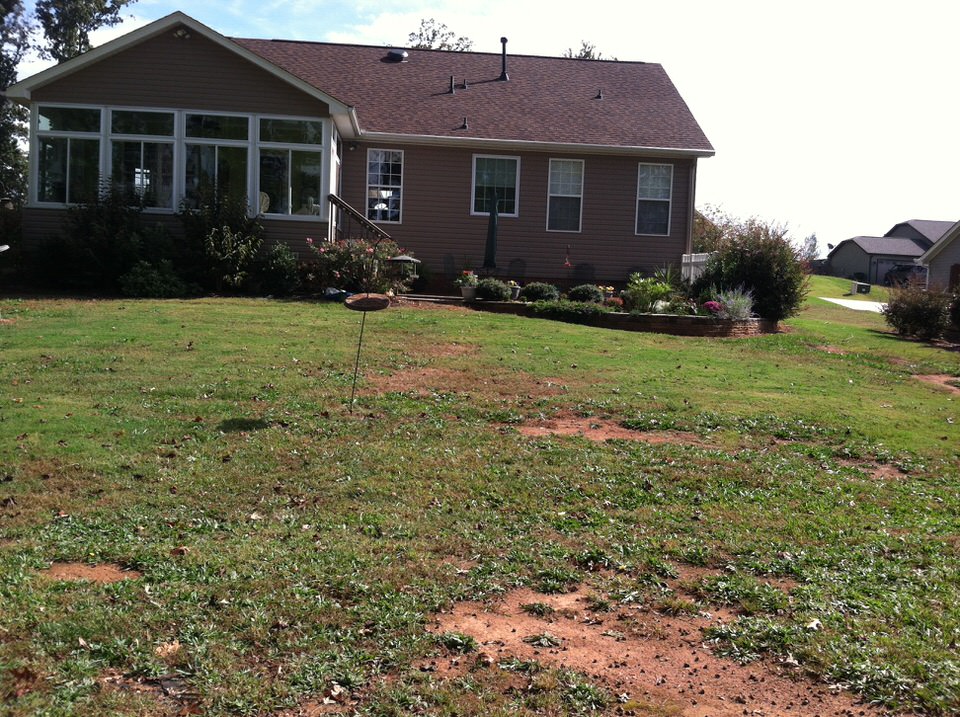
Principle 11: Reduce Runoff
As water makes its way across the landscape, it picks up various substances along the way and carries them directly to our waterways via storm drains and ditches. This polluted runoff can threaten human health and aquatic life. By creating a Carolina Yard, you can establish a watershed friendly landscape and minimize the amount of water, especially polluted runoff, leaving your yard.

Principle 12: Provide For Wildlife
Plants serve many purposes in the landscape. Proper selection of plants can support local wildlife by providing the basic needs of food, shelter, and a place to raise young. You can select plants that will be attractive to the particular type of wildlife you would like to enjoy in your yard. The more variety in your plants, the more types of wildlife you can expect to enjoy.
Does Your Yard Measure Up?
The Certified Carolina Yard Carolina Yards program recognizes individuals that implement sustainable landscaping practices. Each of the twelve principles has some associated actions for the yard owner. When taken, these actions earn “inches” or credits toward certification. Certification requires a minimum of 36 inches. Yard owners obtaining Certified Carolina Yard status receive a certificate and have the option to purchase other recognition items, such as an engraved garden stone or marble tile to show their commitment to environmental stewardship.
Visit https://www.clemson.edu/extension/carolinayards/ for more information about certifying your yard.
FREE Download: Carolina Yards: An Overview of Sustainable Landscape Practices
Taking care of your lake or pond is not a luxury, it’s a necessity. As your local pond management professionals, we’ve been there. Let us help guide you as a member to protect, plan, and preserve your pond or lake if you live in the Charlotte NC, Asheville NC, and Greenville SC areas.
Get started. And become a member today!


